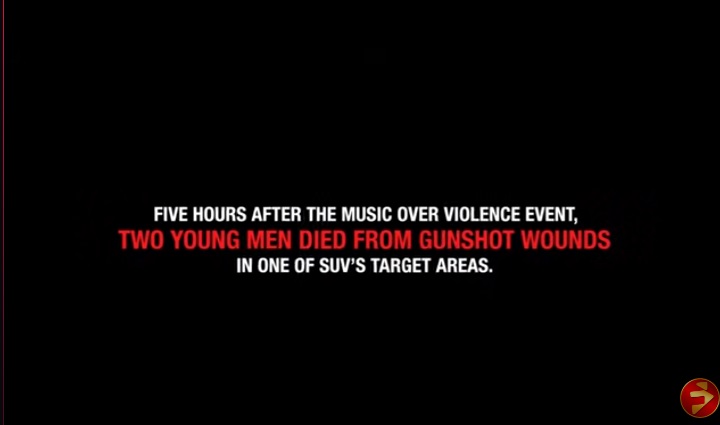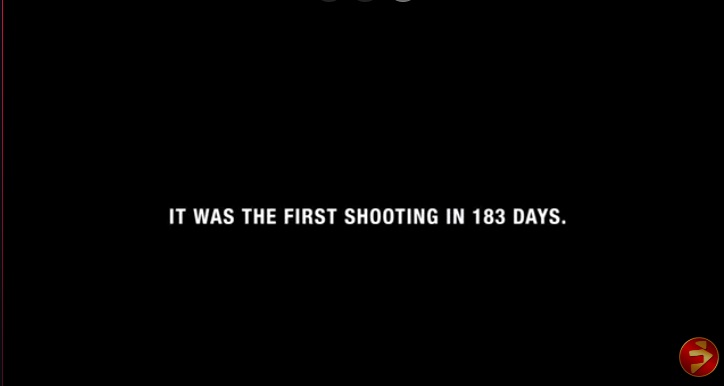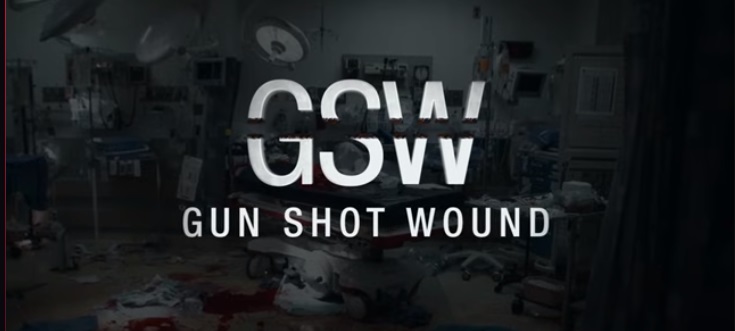Warning: Graphic content, readers’ discretion advised. This story contains a recollection of crime and can be triggering to some readers discretion advised.
Gun Shot Wound takes a hard look at routine gun violence in America through the eyes of its trauma surgeons. the crisis through a public health lens and highlights hospital-based violence intervention programs designed to combat the epidemic.
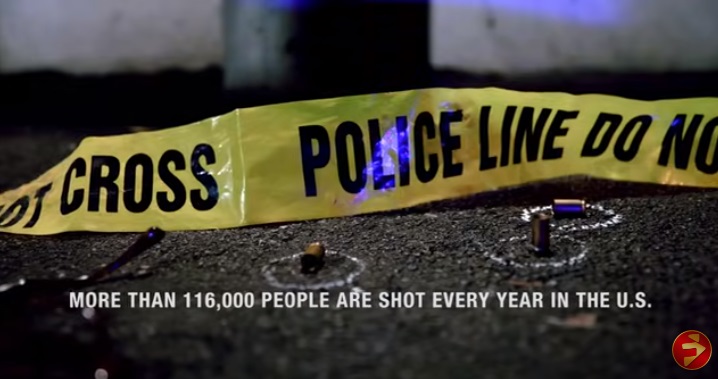
operator: 911 , what are you reporting.
caller: person shot ,person shot.
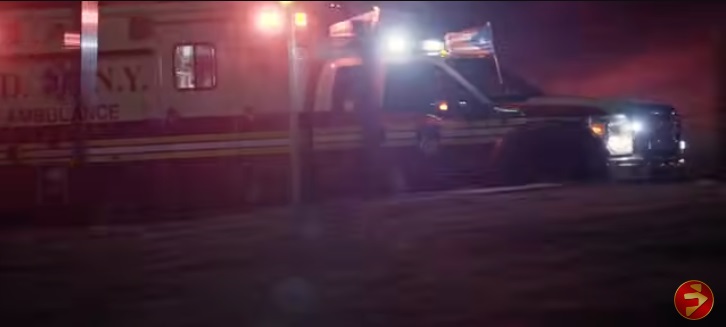
most of us thin we understand what happened when you shoot somebody
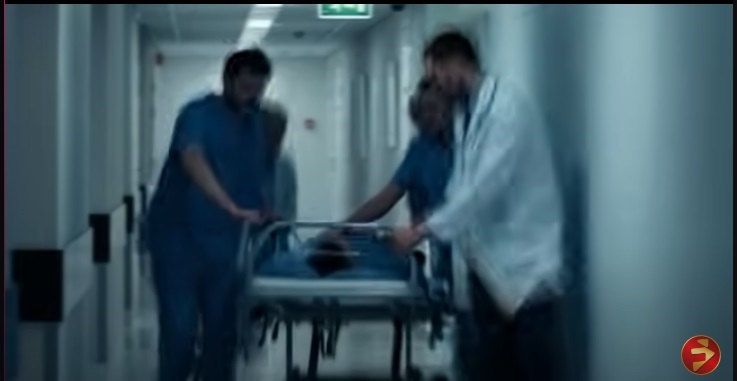
the devastation that is wrought by such a small piece of metal.

the smallest caliber bullet destroy flesh and bones and dreams .

to many of our young people are either dying or going to jail.

society whole society is under this delusion

over 33 000 innocent citizens to die for absolutely no reason .

w’ve seen it, assassinations

masshootings and dead chlildren.
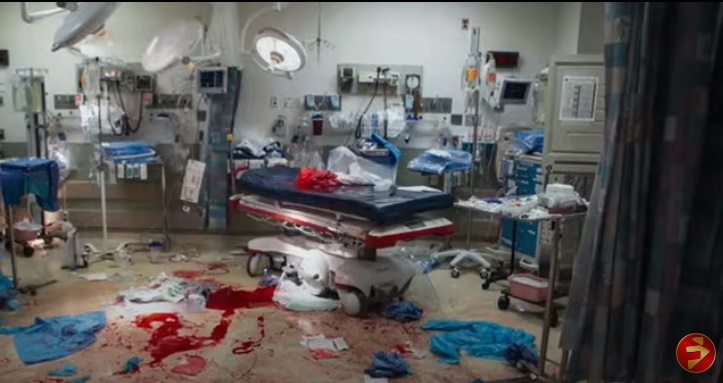
but it’s the mass shootings which are terrible don’t get me wrtong but it¨s mass shootings that really do get all of the attention for trauma surgeon in a large city is that what we’re seeing all the time. and where is that outrage ? this is a public health crisis.
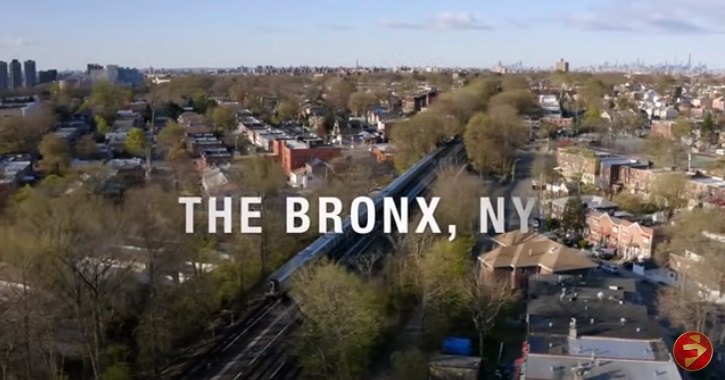
from the trauma surgeon’s perspective bullet’s wer’re all about real estate location, location , location.
one ofthe reason why we don’t have 50 000, 60 000 thousand dead in america is that we organized a wnderful trauma system and we’ve bee honing it for years.
the first layers is you have to have trauma system, you have to have EMS system , so things have to be in place in term of medicin ,long before someone takes a bullet .
the more of this we do the better will we be in the real world.what ever walks into the door we all going to band together and and we all gonna get it done.
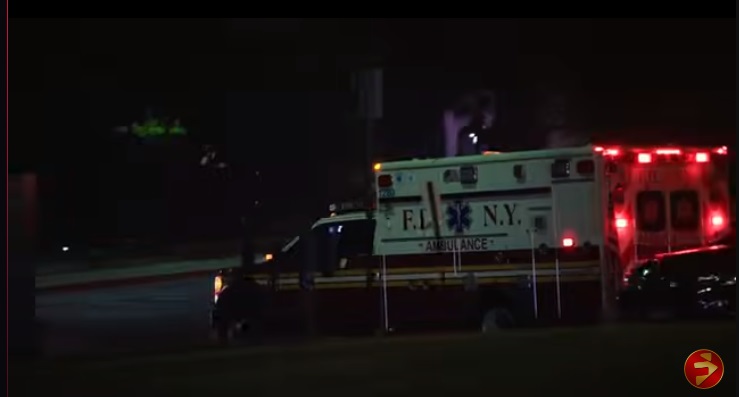
in 2009, it was evening and a call came over the radio that a 92 year old women that had been shot, there’s. a leve one activation. she was on the way the jacobi trauma center and she comes in she comes in . she was this really elegant elderly women .
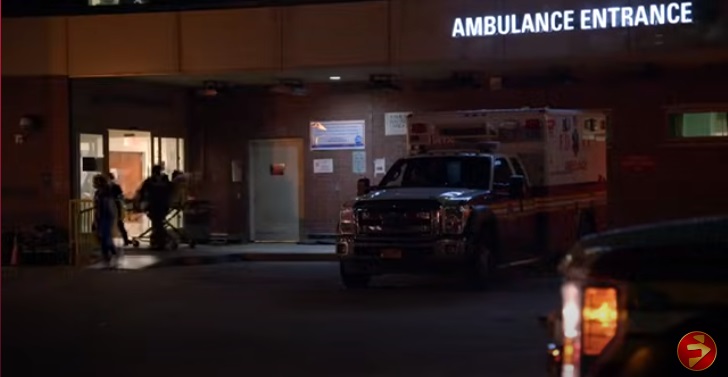
and the story is that she was home in her livingroom .gangmembers were having a fight and a stray bullet had gone through her livingroom or bedrom window as she preparing dinner.
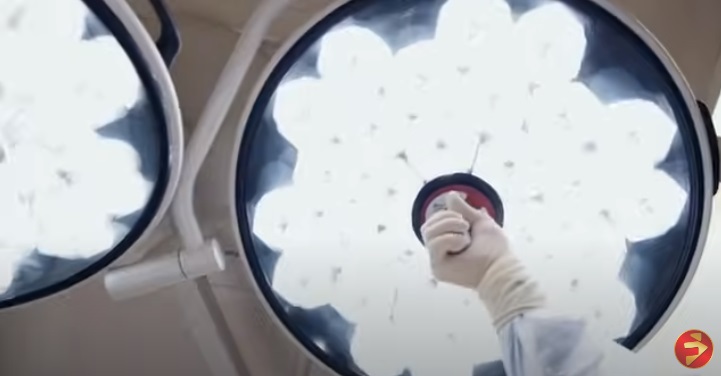
the operation began and as predicted the bullet had come across the midline and it had injured everything that’s important for life.
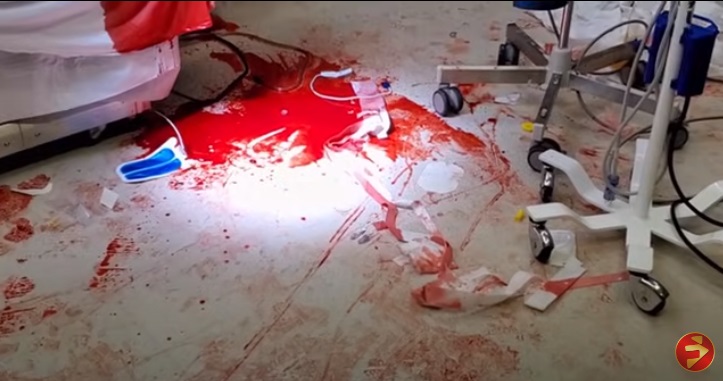
her lifeblood is poured out all over the floor , her heart stops and they try to get her back
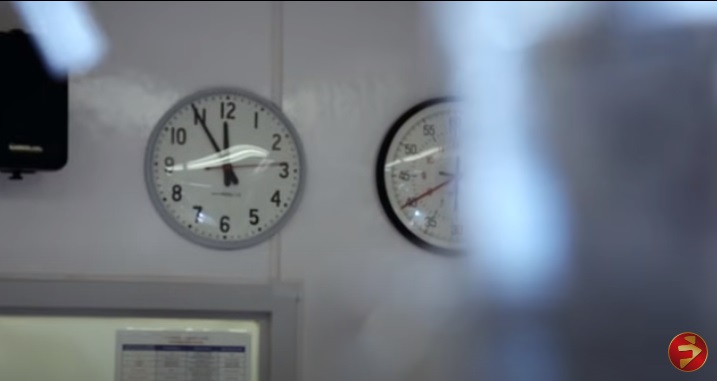
but pronounce her death.
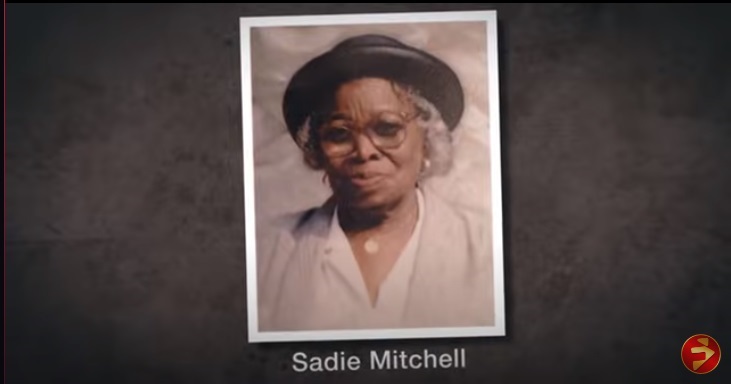
this country had an illness that maybe we were just never going to get better from it just epitomized how messed up this thing is . this scourge of gun violence.
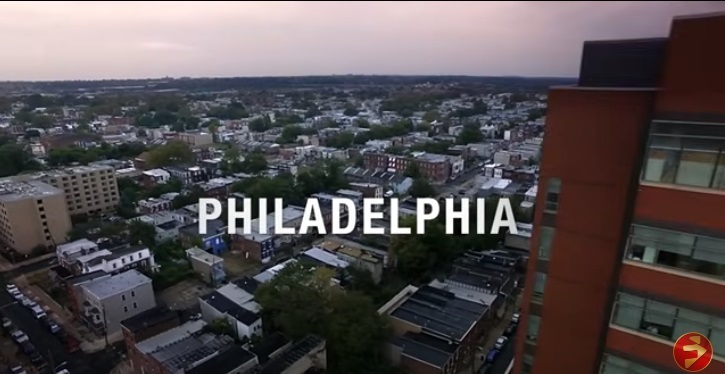
the temple has the dubious distinction of treating the most gunshot victims in the state of pennsylvania.

in the trauma bay there are no good guys or bad guys, they’re all patients that have sustained gunshot wounds. that has to be taking care of.
and over the years there’s no doubt that every patientthat hits the trauma bay has somebody that loves them ,never pass any judgement , never want to know anything at all about the circumstances of the shooting.
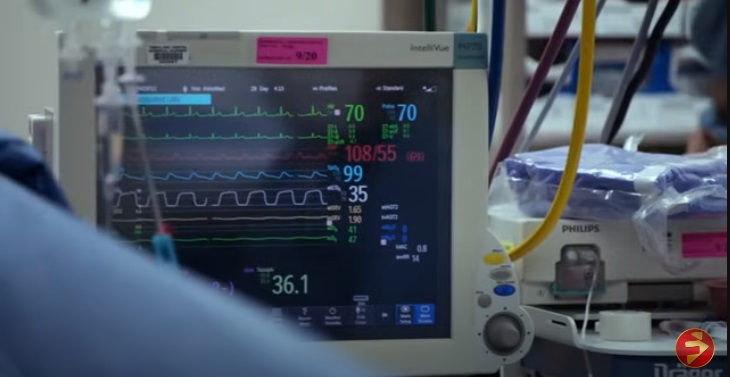
look at the patient, and look at the heart rate can tell you everything and a good trauma surgeon would tell you that thecolor off a patient’s feet can tell you everything because if they’re really pale then that’s a terrible prognostic indicator. that means they’re bleeding terribly.

one of the biggest misunderstandings in kind of the lay non- medical population is ” did you remove the bullet?”
the jobs are is to fix all the damage that the bullets do whatever it’s stop bleeding whether it¨s tak out the organs.it’s the fixing of those organs it’s not necessarly looking for the bullets and removing, it’s just trying to catch up what the destruction that bullets have done.

and what we have seen over the years from 1993 to 2019 is that the caliber of the bullet is so much larger and the kinetic energy and the distruction that these bullets can do are so great
and patient’s aren’t shot just once or twice or three times, they’re shot like 10 and 11 and 12 times and more.
when you’re i n the operating room , particularly with a gunshot victim and have a multitude of injuries it can really be a slug fest.
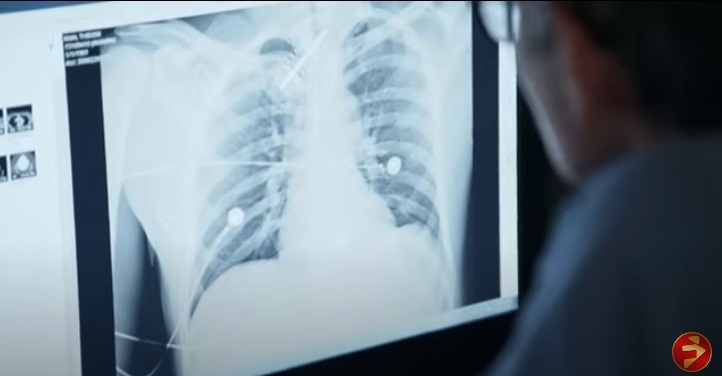
in the moment it¨s all about taking care of the patient. and the focus needs to be intense and you can’t be distracted by anything.
and when the moment passes to be distracted by every thing because you can’t walk away not feeling that what you¨re juse participated in someway so wrong you don’t wont to be taking care of patient’s who’ve suffered gunshot wounds.
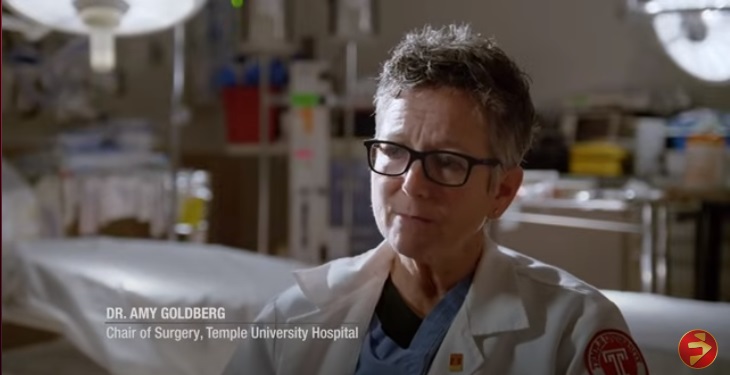
” scott and i wanted to create a program like cradle to grave. we felt that we needed to do more like ,preventing these patients from coming in .we saw it as an education in that who knows better what bullets do to bodies than those that work in a hospital .”

“my jobb is not to freak you out but we are going to have a candy conversation about gun violence”
-scott
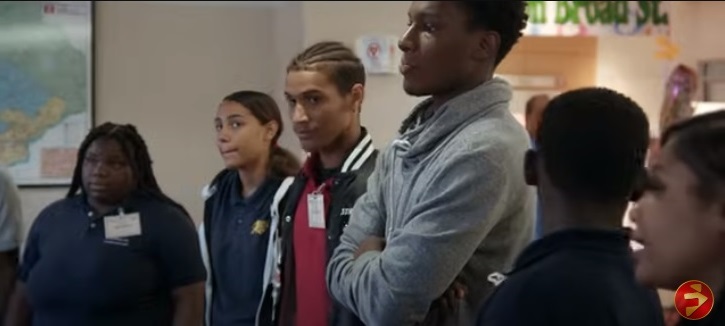
“it was our responsibility to do that ,if we weren’t talking then the students were seeing what was happening in movies or video games or TV and that was not real at all”
-dr goldberg
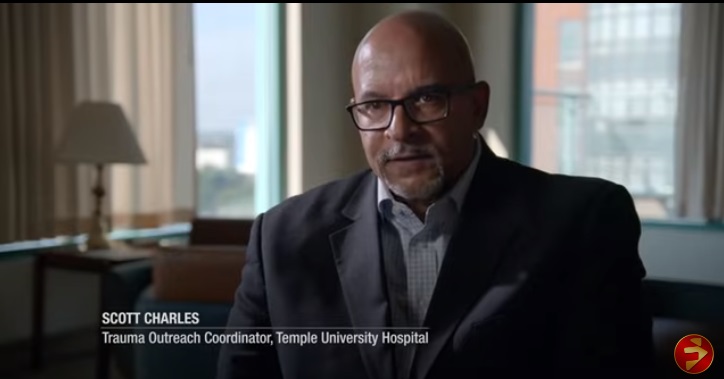
” the goal of cradle to grave was to really humanize the experience of gun violence do to deglamorize it in many ways to bring young people as close to that experience as possible without them having to suffer the consequences of gun violence first hand “
-scott charles.
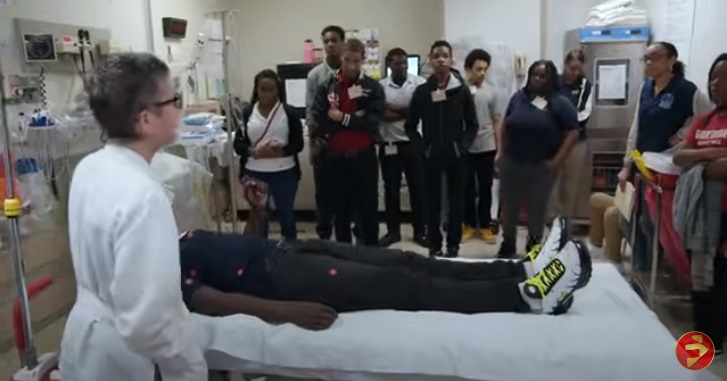
“this issue of gun violence isn’t really as much about living it or dying as much as it is about suffering and we find that particularly when you talk about one of the things that leads to so much of the violence the sense of being disrespected the sense of shame that lies at the heart of so much of the violance that we see .
the kids after seeing the realities of being shot or more importantly pulling the trigger , the see violence as a less resonable reaction to being disrespected “
– scott charles.

“we help them understand that when you pull that trigger just a few pounds of pressure on that trigger can lead to a lifetime of suffring and not just for the victim but for the families and ultimately for their community .”
-scott charles
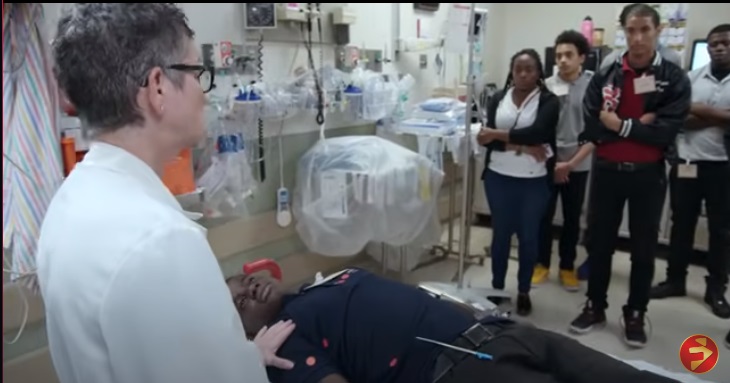
” he’s heart wasn¨t beating and it had a lot of bullet holes in it . and what we try to do was quickly stapbles some of those bullet holes or even put a clamp on those bullet holes to stop the heart from bleeding so much . and in spite of all of these things that we did to try to save his life we were unable to and Lamont died.”
-dr goldberg
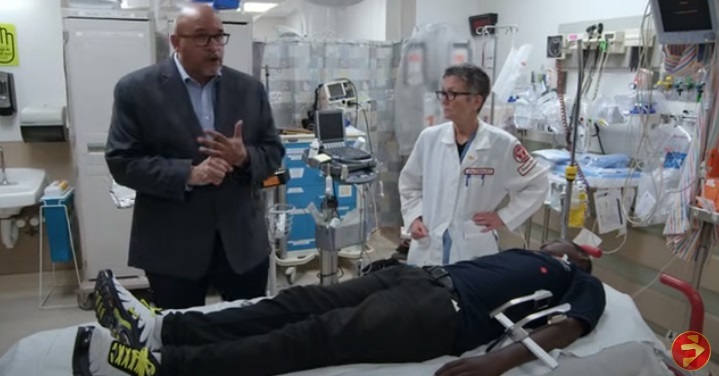
” so Lamont was here 14 minutes, that’s all he got despite the efforts that wer put into loving him and caring for him and keeping him safe at the end of the day they’re only 14 minutes in here and after that it was all over .
there’d be no more christmases no no birthdays there would not be learning to drive legally, no ultimately voting and getting merried and getting a job and retiring and enjoying his grandkids it was over in 14 minutes. he was 16 years old.
-scott charles
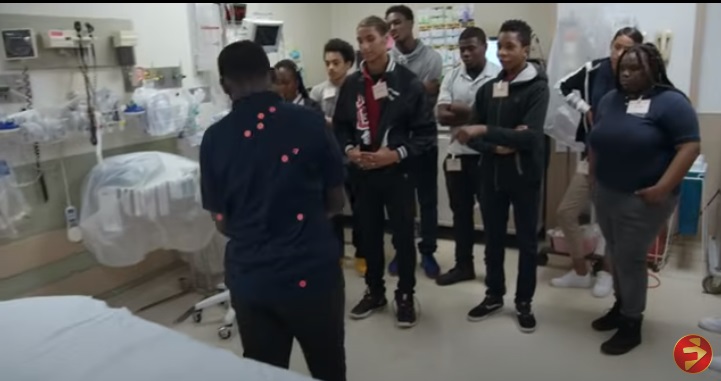
” we are as a society i think are really content with glamorizing gun violence without really thinking about the cost of that .what happens when you let kids believe that when you pull the trigger there’s really not much that happens on the other side of it in terms of suffering.
cradle to grave is not a scared straight program there’s nobody raises their voices , it’s just narrating a story that is sad . but it is unfortunately too often a reality of growing up in a city like philadelphia.”
-scott charles
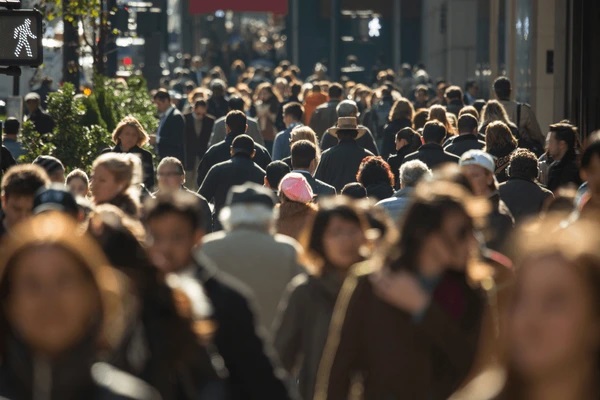
since 2002 approximately 25 ,000 people have been shot in the city of philadelphia the number one weapon of choice is the nine millimeter. somebody was shot every six and a half hours last year in philadelphia.
that 80 % of people get shot in philadelphia actually survive being shot.
Gun violence is contagious it¨s like a disease ,when somebody gets infected with it , it doesn’t stay with hem, they pass it along .
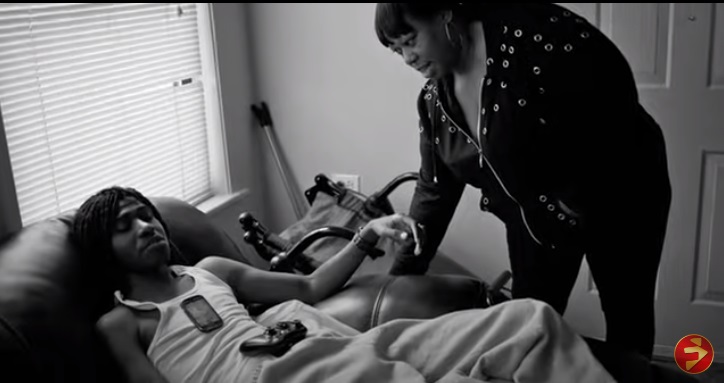
one of goals is to really spell out the consequences …
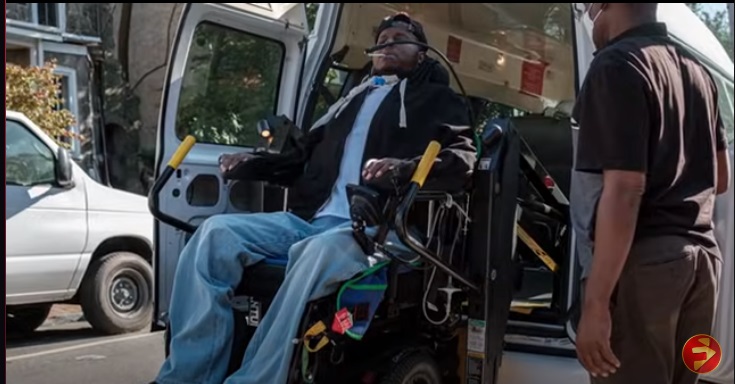
of being a victim of gunshot injury and talk about the debilitating injuries that the suffer

among those are amputations .
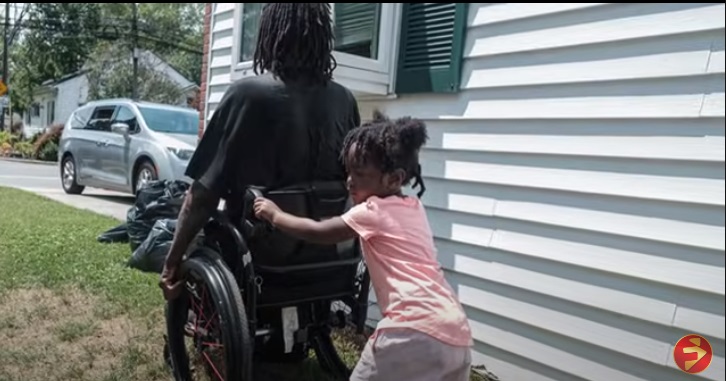
or the fact that we see so many young men who are paralysed as result of the shooting.
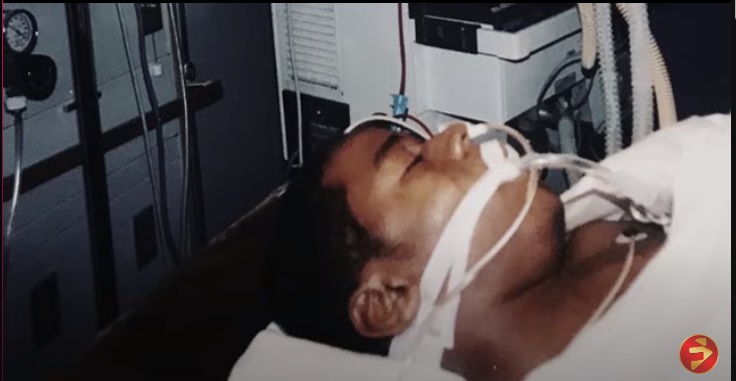
” it is good that 80% of our gunshot victims live and if you don’t dive down into what that statement really means then you kind of just move on ,but it’s kind of what they are living with and how they living.so they’re young they have the whole lives ahead of them and the woundscan be really devastating “
-dr goldberg

from traumatic brain injury to paralyzed from the neck down wher they know they’re paralyzed and they can’t move their arms .
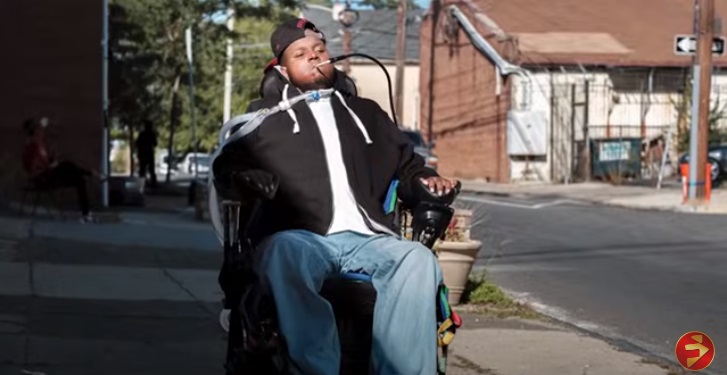
and they can’t move their legs and they’re 20 something years old….
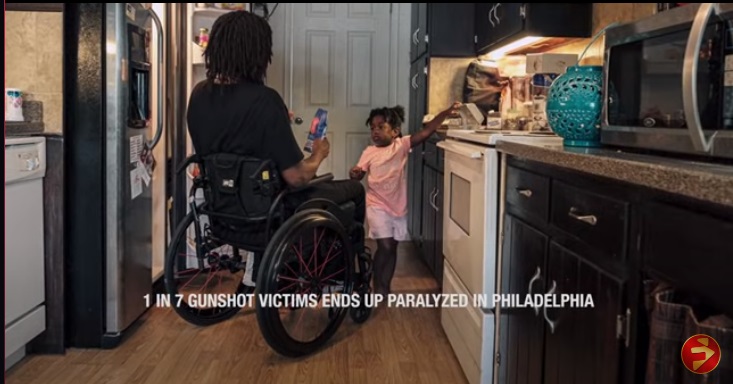
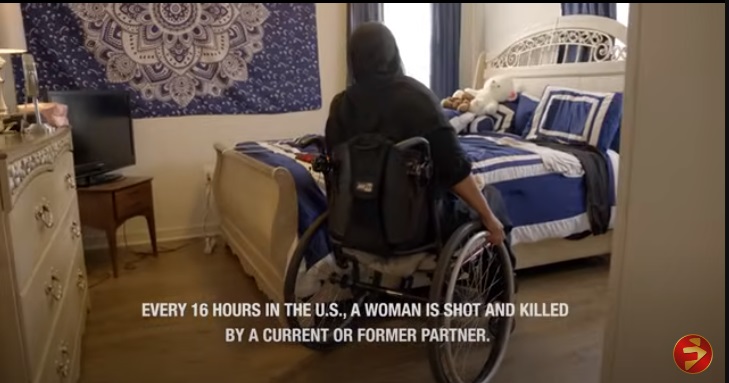
people always are stereotypical about why people from urban communities or people of color gunned down and they always kind of answering the questions ” well maybe they did something to get shot or killed .
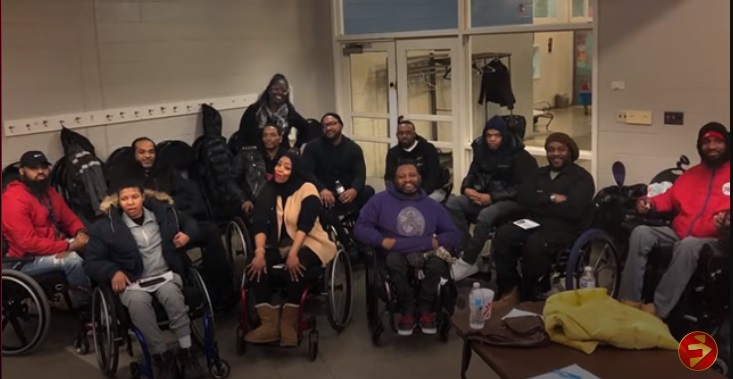
thats not true in every case , in every situation , it’s the accesss to guns and it’s like getting bubble gum , it’s easier to get a gun now than it is to get a driver’s license and that’t the problem.
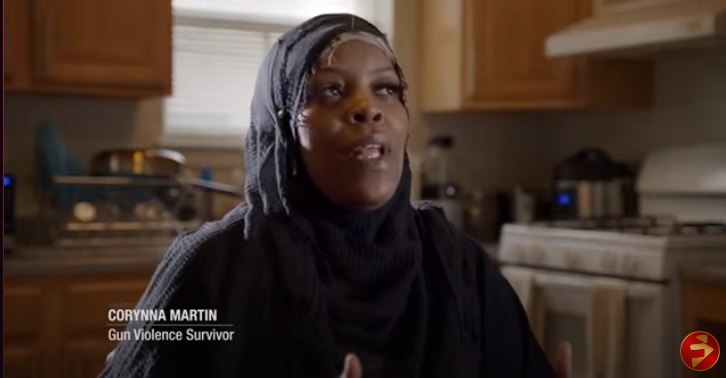
” hard -working single mom .just did everything that i knew i was doing correctly to better myself and my daughters future. and i got shot so it ain’t about “oh ,cause you leave in an rban community and this what happens ” no! it happens to innocent too in this kind of communities.
-corynna
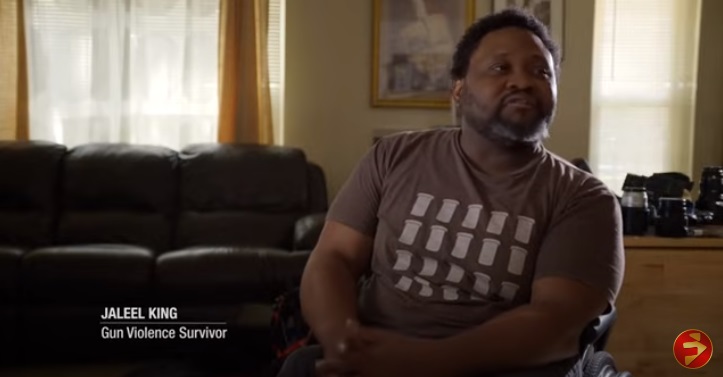
” all the time we hear about these things about peopl’s rights and it’s like but at what point in time does your idea of whatthis rgiht is infringes on my right to live.my life is changed because of this.because how easy it is ,i worry , i may never be married i may never have children ,these are things that are taken from me. that I’ve lost things happen ,and if you’re not a responsible gun owner, listen you shouldn’t have one , period.”
-Jaleel king

” so i think we have to do a better job at society at educating young people , educating our communitites on how to handle conflicts so that it doesn’t result in a gun.”
-victoria
the last stop- temple university hosptial morgue.
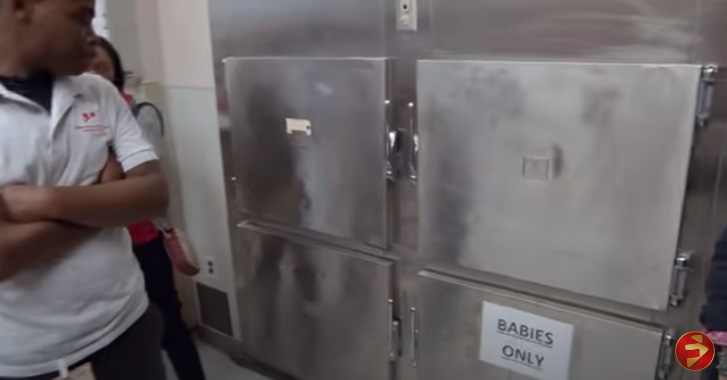
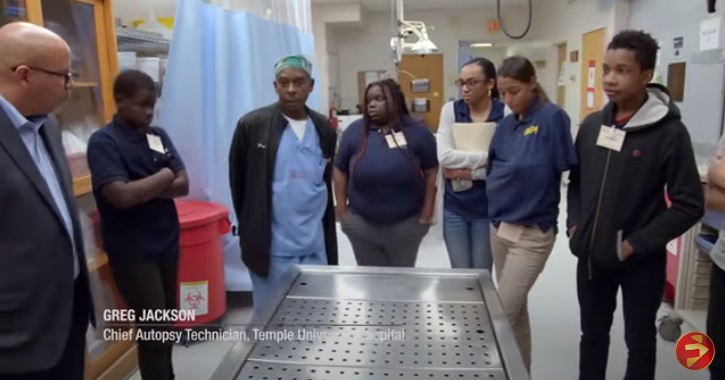
” when you guys come through is , this is it ,if you make it here you didn’t make it . this is it . this is the final stop.what we don¨t do we do not sit around , we don’t put candles down the floor , we don’t put no teddy bear, we don’t hold hands do prayer and get down and sob and do that it’s just put the body on the table, get the work ,get done . next.
so when you’re out there your’re doing, think about it before you make that next step and you know that it’s the wrong step. i tell all the young people that come through , you guys are our future , just do me a favor don’t show uphere and then end in a box.”
-greg jackson

when brendon arrived to the trauma bay he was nearly dead , his blood pressure was 50.
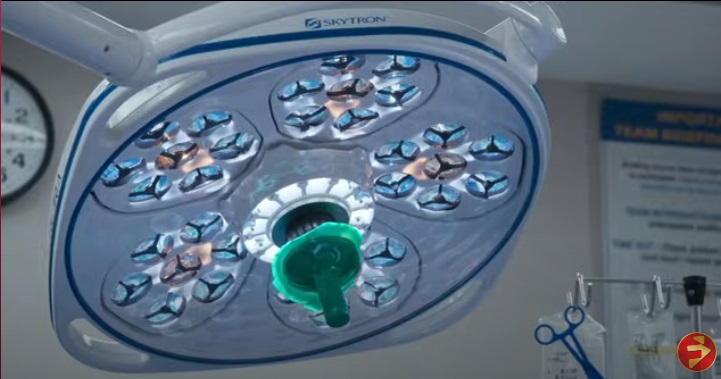
during the initial operation his heart actually stopped mulitple times , so this is as close as you can get to dying without dying.
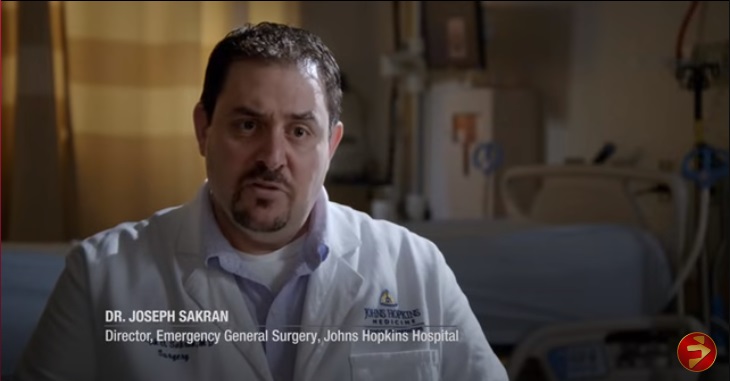
” one of the things that we had to do was reconstruct his chest ,because we had to not just open up his chest but take down a certain muscle called the diaphragm that helps with breathing in order to access to some of the very difficult areas he was bleading in.”
-dr sakran .
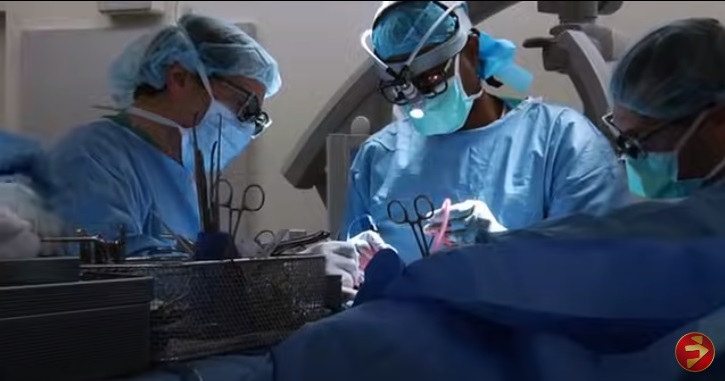
“when you look at how complex it is delivering care to these critical injured patients, specifcally brendon who was shot over 13 times and had injuries in almost every cavity in his body .
he went to the operating room over 15 times . with not jsut myself but a multi-disciplinary group of surgeons and that type of care that allows us to bring these patients from nearly being dead to now being able to work with physicl therapy and hopefully make it out of this hospital “
– dr sakran .
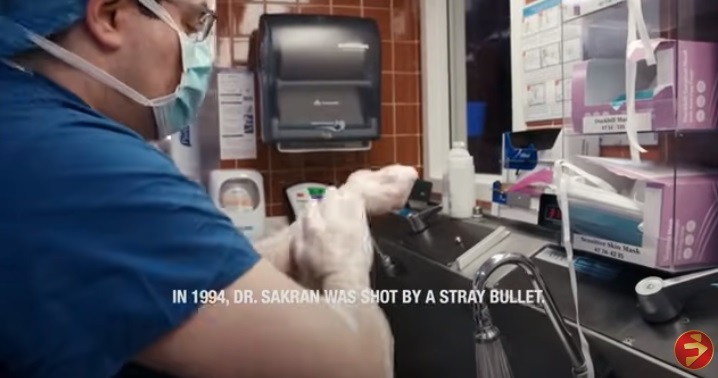
” at age of 17 ,my life really changed it¨s almost like my second birthday.where i went from being a healty high school student to someone that was nearly killed after being shot in the throat with a 38 caliber bullet “
-dr sakran
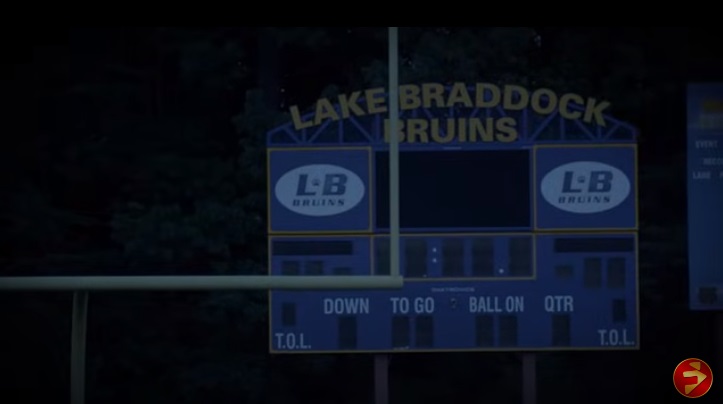
“the night i was shot , it was after the first high school football game of the year. after the game like typical high school students we hanging out “
-dr sakran
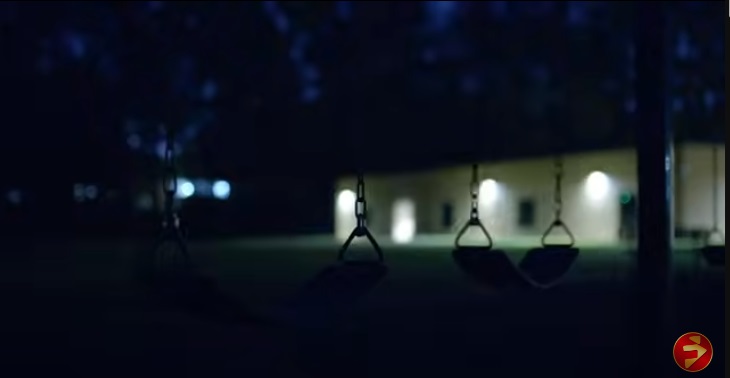
“we were actually at a playground that was close to an elementary school and a fight had broken out that we had nothing to do with and a guy pulled out a gun and started firing to the crowdand i remember distinctly that night the flashes of light everything kind of went into slow motion”
-dr sakran
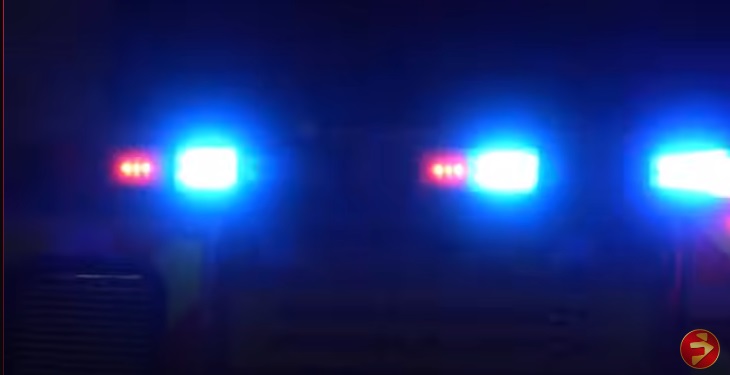
” so as i was being transported to the hospital it was a very kind of surreal experience because i felt i was watching myself as everything took place. and i could’t lie flat becasue i was choking on my own blood because of my injury.
that experience profoundly changed who i was as a person and i remember distintly it was a couple months after i left the hospital and i was standing in the bathroom i was looking at the mirror and i had these beet red scars all up and down my neck.
and i had a tracheostomy tube at the time. and what i didn¨t realize is my father was standing in the doorway and i think he saw the devastation in my eyes…”
-dr sakran
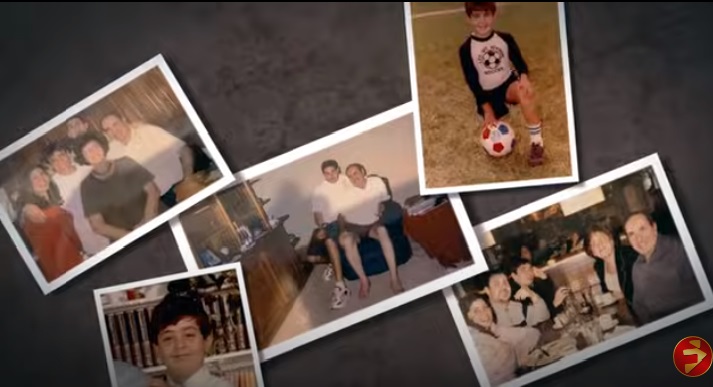
“… and he walked in and he said ‘ i know , what happened to you is horrible but you really have two options the first is ; you feel sorry for yourself , the seond is you take this horrible experience and you turn it around and you try to impact the the lives of other people “
-dr sakran

“it was really thet moment that inspired me to go into medicine,inspired me to become a trauma surgeon. what could be more gratifying than being ableto give someone else that same second chance that i received”
-dr sakran

” i think there’s 20,21 entry and exit wounds, and i think i got five bullets still in my back “
-brandon

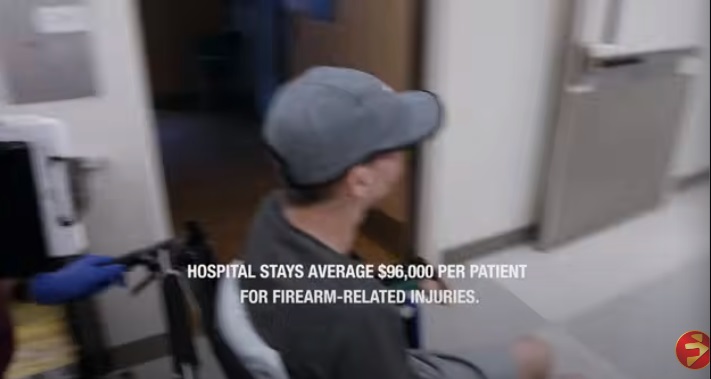
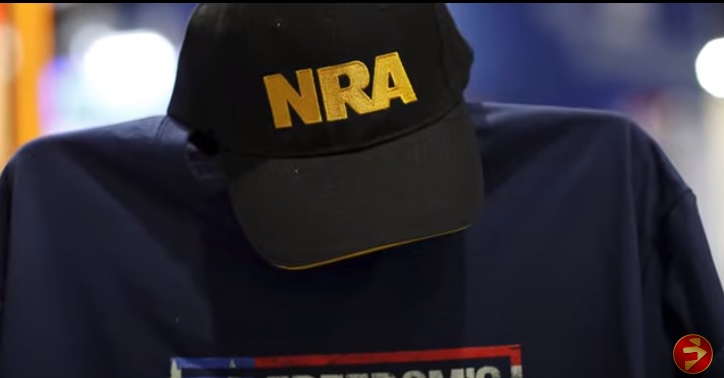
in november of 2018 the NRA came out with a communication that sessentially said that doctors have no business being p art of the solution of firearm- related injury and death in america.

” I was just …incensed that an individual, an organization would think that we as healthcare professionals, the people that are literarlly on the front lines of carring for these patient day and day out have no business in being part of the solution”
-dr sakran

” and so that¨s why i ended up starting the handle this or lane. and that initially caught a lot of attention and went viral”
-dr sakran
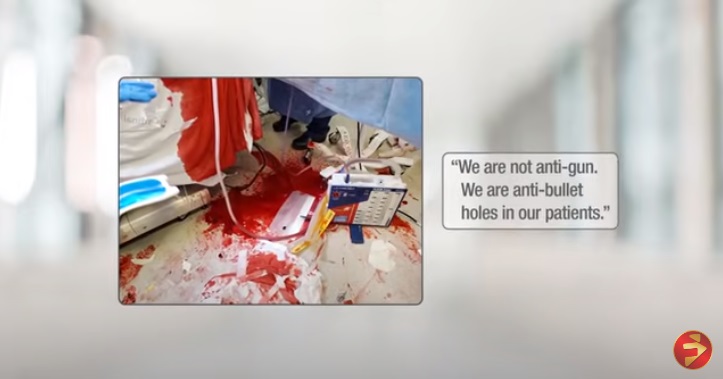
” what i stareted noticing is there’s so many clinicians not just doctors clinicians..
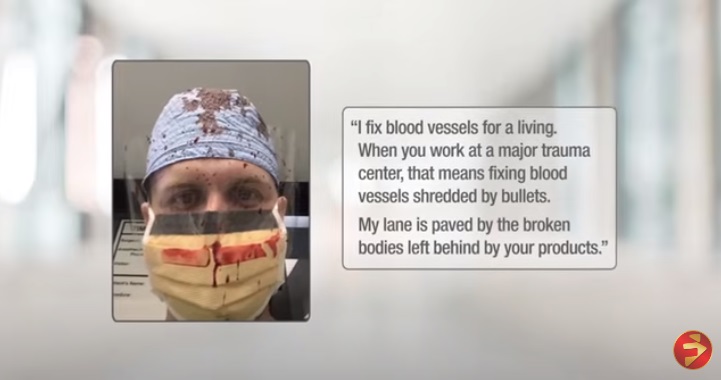
from all walks of life, that wanted to have a voice on this issue.
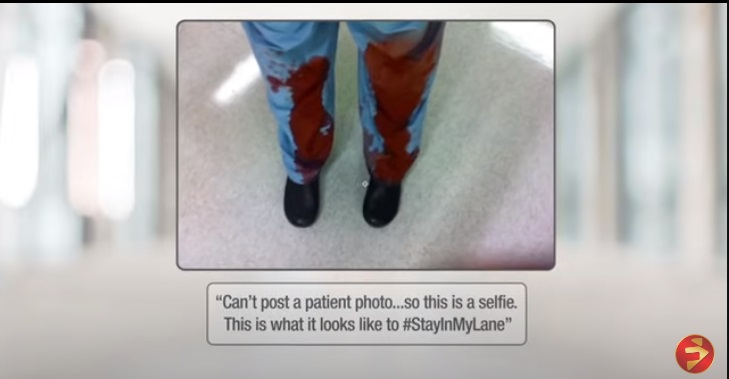
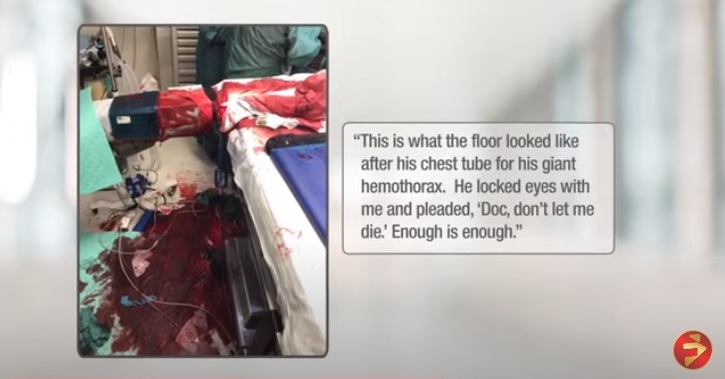
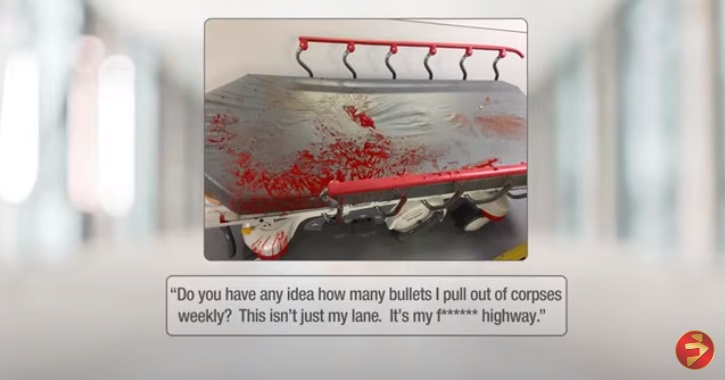
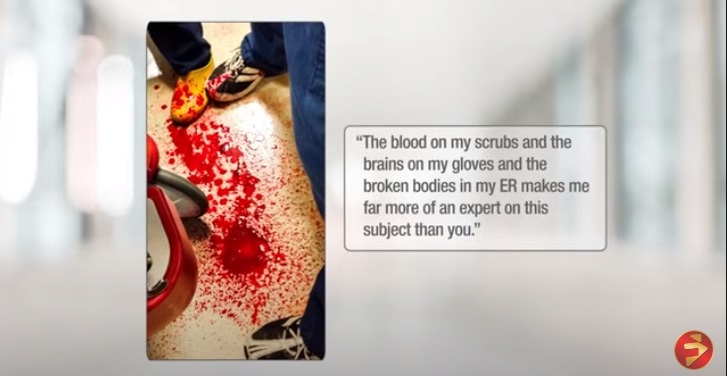
” i think most people you know they want their children to be able to go to school not have to worry about getting shot, their ability to go to the synagogue and worship and not worry about someone coming in and shooting the place up that’s the type of america i think most people want to live in “
-dr sakran .
” i think so many of us in the trauma community and so many of us that care about firearm injury really felt that sandy hook would be a teachble moment for us in society because how could society tolerate all of those young elementary school children . being chot and killed “
-dr Goldberg
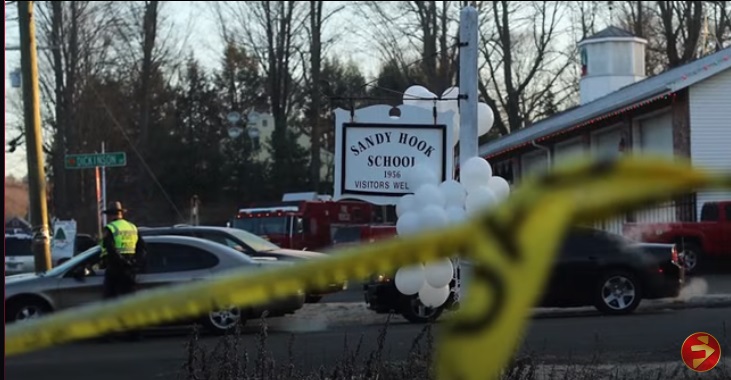
“and the thougt that not a single one of those kids made it to the hospital made me realize how riddled with bullets they were and that they were terrible dead. and i just couldn¨t believe that nothing came from that .”
-dr Goldberg

“it occured to me that people weren’t really seeing the pictures, they didn’t really see what those kids looked like, i mean no disrespect at all to the parents and no disrespect at all to those children that lost their lives but …but if we had shown or could still show some of those autopsy pictures to america, to the good people of this country…
whether you are, what side of the aisle you are on or red or blue, it doesn’t really matter, you’re gonna be moved. i don’t see how this country stands silent seeing those pictures .i don’t see it not the country that i’m proud to live in.”
dr Goldberg
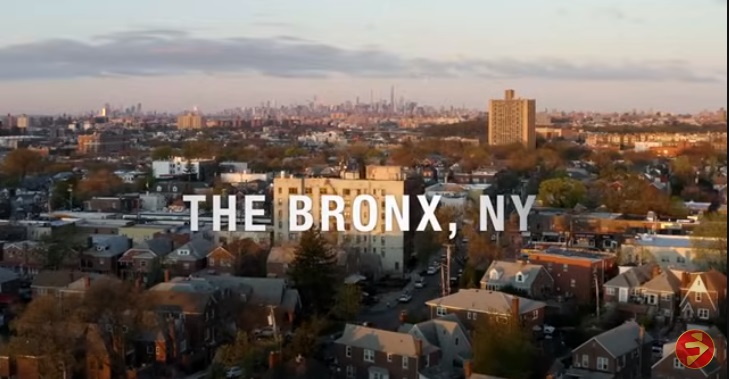
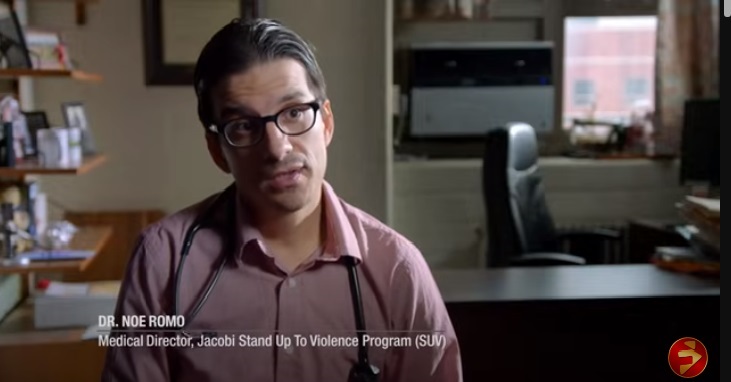
“the bronx is the borough of new york city with the highest rates of people living belov a federal poverty lane ,the highest rates of children living below the federal poverly lane and one of the boroughs new york city with the highest rates of immigrant population”
-dr noe romo.
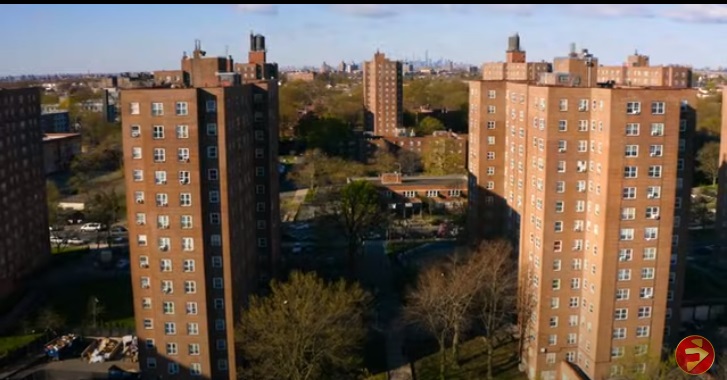
” the majority of our neighborhoods comprise different public housing projects within our neighborhoods”
-dr noe romo.
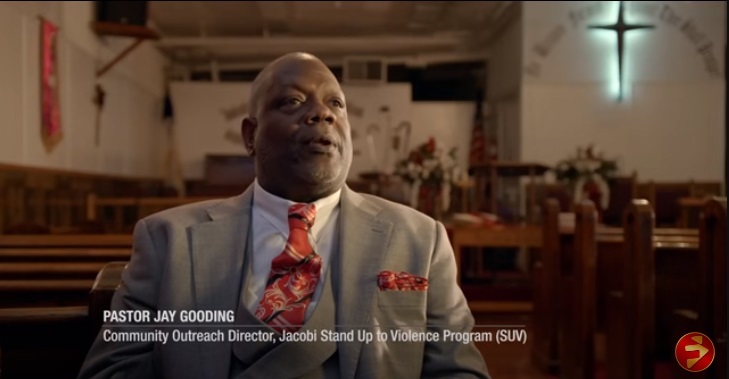
“this is probably one of the most ever diverse communities in bronx matter of fact probably in new york city. we have opinions, we have african americans, we have the west indians , we have the hispanics the italians, you name it , we have it.”
-pastor jay gooding
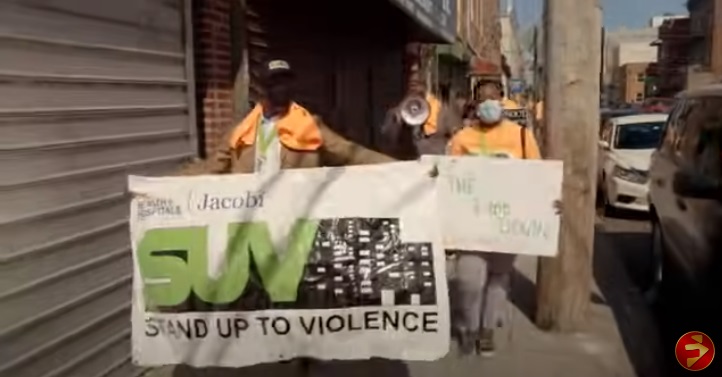
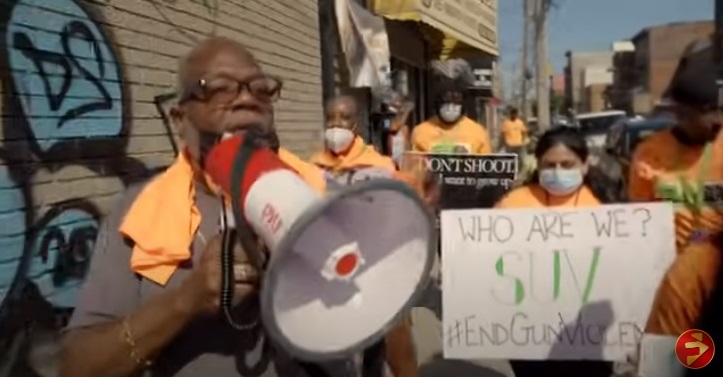
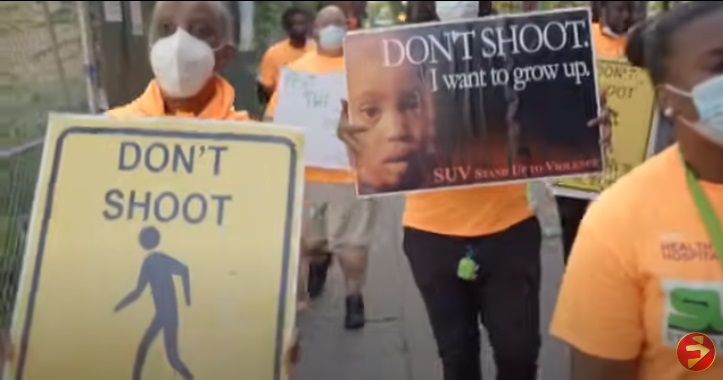
” stand up the violence is based on the carrer violence model, we’re anti gun violence.”
-pastor jay gooding
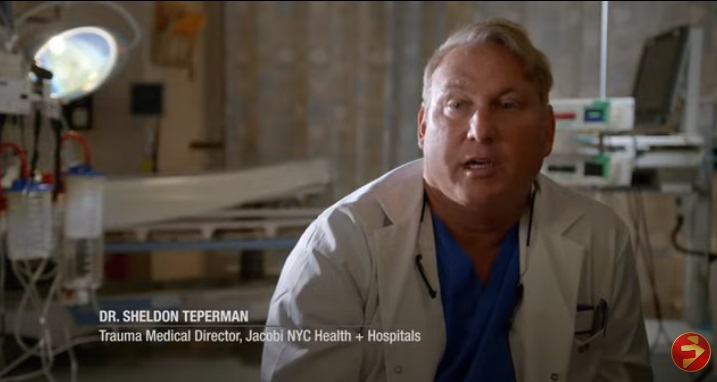
” so this program was to try to provide culturally syntonic culturally appropriate people to speak to this kids and of caurse, i say kids because gun violence is a disease of the young right if you look at who’s … who am i taking care of who me and my colleagues hera at jacoby , it’s young people “
-dr sheldon teperman

” it’s in squarely in their 20s , so who is going to talk to them? who’s gonna have street cred with them …”
-dr sheldon teperman
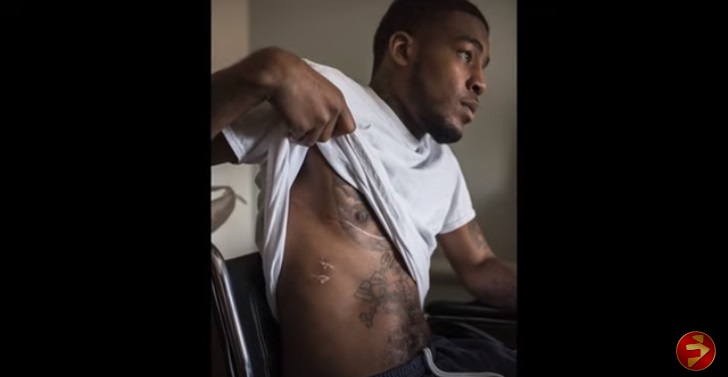
“.. so people that have lived their life and have gotten out. so we had to hire formwe gang members and former criminals.
-dr sheldon teperman
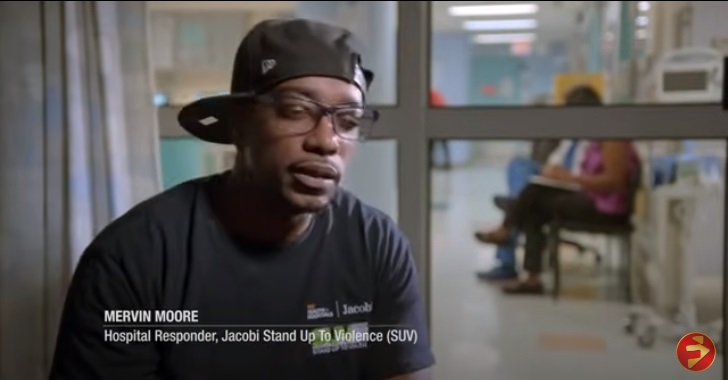
” well, i was incarcerated at young age, i grew up in foster care , you know, i had a hard life growing up .”
-mervin moore.
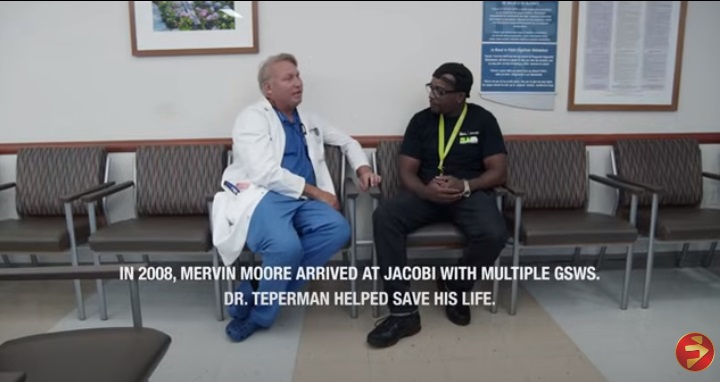
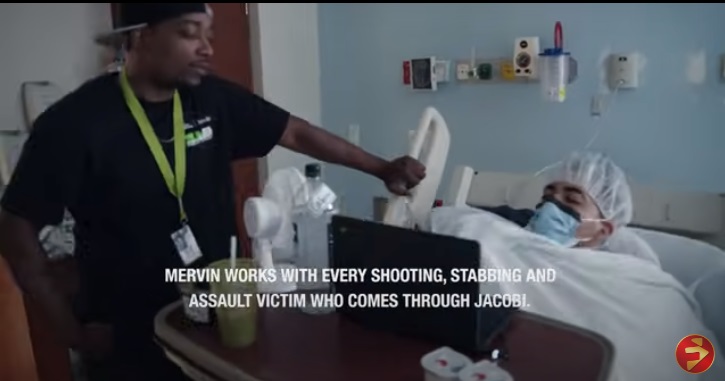
whenever a person comes in as a victim ,they¨re not around friends thet¨re not around,their’re just here getting their medical treatmen
so it really is a golden moment for intervention because the’re sitting there in a hospital bed. healing from their injuries or getting medical care and the’re just thinking, ther’re thinking about what happened they think about who did it to them and they’e probably thinking about what the’re going to do to get back to them
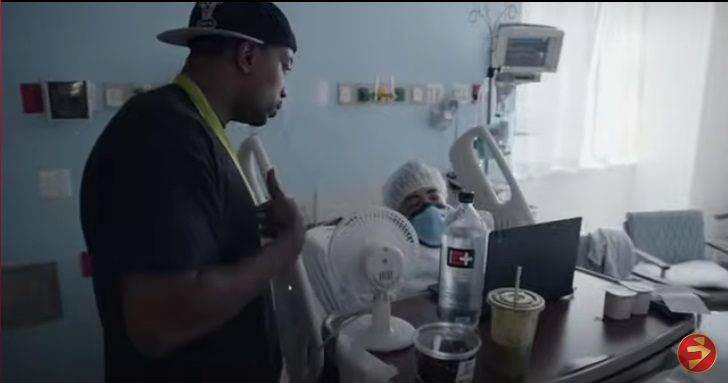
” that’s the whole thing.we do deal with violence lit it’s a diseases so basically it spreads from the perpetrator to the victim and then the victim becomes the perpetrator.
-mervin moore.

“if i go in there and talk to people about retaliation alone you know i’m a guy going in there with a stetoscope around my neck and a doctor so they view me as somebody they can identfiy with ,they’re like sure.okay yeah your’re goingto tell me not to think about realiation.
but somebody whos comes in, who looks like you who talks like you who’s from your same neighborhood who’s been through the same thing you’ve been trhough that information and that counseling carries a lot more weight and has more of potential to influence your behavior
those patients that we also intervened in had a 60 less liklilhood of coming back with a re- injury comapared to those we did not see .”
-dr noe romo.
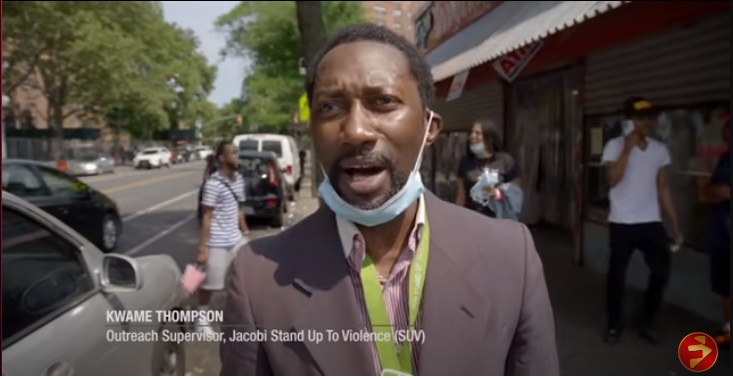
“so what we do SUV is stop the shootings and homicides in the community, the way we do it is by mediations and reaching the highest risk individuals in the community that¨s most likely to shoot someone or be shot ”
– kwame thompson
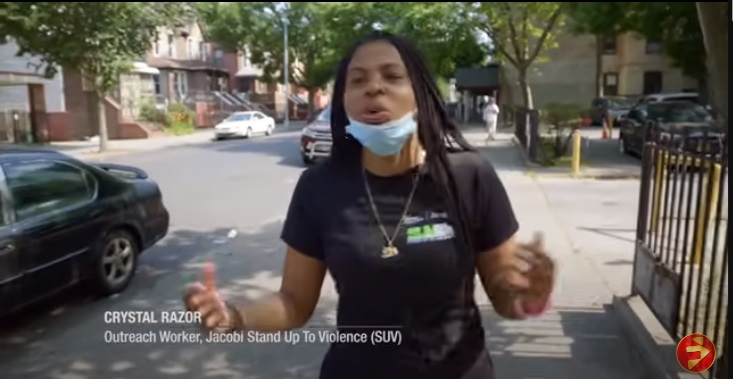
” the area we live in doing the wrong thing is the right thing to do .because that’s what we taught that’s what’s embedded in when you from a bad areas or when you’re from the projects or something.
some people are forced to be in the street,some kids feel like they get moew love from the streets than they do .we their family , because we there fr them more than they feel lke their family are so it¨s go harder for them”
– Crystal razor.
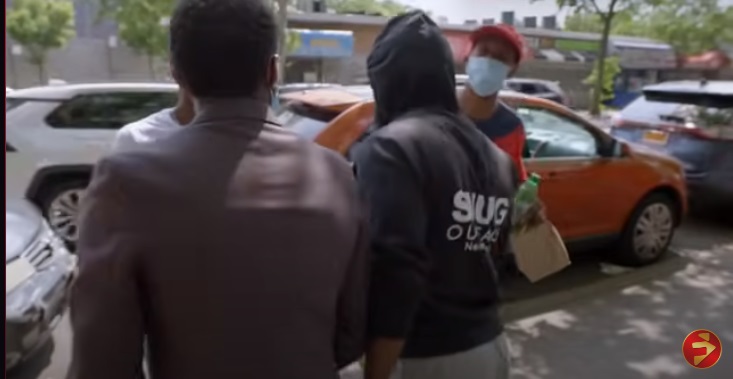
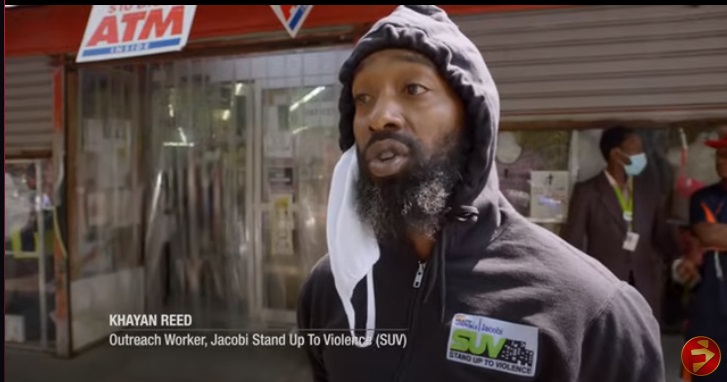
“every time there’s a shooting we¨re out here making sure there’s no retaliation for that shoot making sure we mediate any beefs that might get out of hand and you know it’s a tough job it’s a very tough job because they.these kids have to trust issue, this community has tro trust you his parents has to trust you , we work with some of the hardened criminals in the streets. “
-khayan reed


